Madagascar: Evolution's Playground
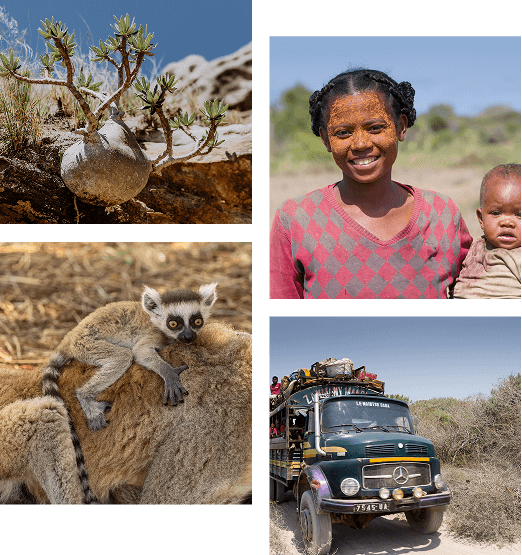
Madagascar at a Glance
Best Time to Visit
April-November (dry season), September-December (baby lemurs)
Ideal Trip Duration
10-21 days
Signature Wildlife
Lemurs, chameleons, endemic birds, strange insects, unique flora
Key Highlights
Extraordinary biodiversity, unique landscapes, authentic cultural encounters
Getting There
International flights to Antananarivo (Tana) via Paris, Addis Ababa, Nairobi
Visa Requirements
Available on arrival for most nationalities
Currency
Malagasy Ariary (MGA)
Languages
Malagasy, French (limited English in tourist areas)
Combines Well With
Mainland African safaris as extension
Recommended Madagascar Itineraries
Top National Parks & Reserves
Andasibe-Mantadia National Park
Home to the iconic indri lemur with its haunting calls
- Key Wildlife: Indri lemur, diademed sifaka, chameleons, 100+ bird species
- Best Time: April-December (drier seasons)
- Unique Experiences: Indri tracking, night walks, Vakona lemur island
- Landscape: Lush primary and secondary rainforest, orchids, ferns
Ranomafana National Park
Misty montane rainforest with extraordinary biodiversity
- Key Wildlife: 12 lemur species including golden bamboo lemur, chameleons, endemic birds
- Best Time: April-November (drier and warmer)
- Unique Experiences: Multiple lemur tracking options, thermal pools, night walks
- Landscape: Dense rainforest, rivers, waterfalls, dramatic topography
Isalo National Park
Madagascar's "Grand Canyon" with unique rock formations
- Key Wildlife: Ring-tailed lemurs, Verreaux's sifakas, 80+ bird species
- Best Time: April-October (cooler, drier weather)
- Unique Experiences: Canyon hikes, natural swimming pools, sandstone landscapes
- Landscape: Rugged sandstone mountains, savanna, palm-lined oases
Kirindy Forest
Dry deciduous forest and prime location for fossa sightings
- Key Wildlife: Fossa (Madagascar's largest predator), seven nocturnal lemur species
- Best Time: September-November (wildlife most active and visible)
- Unique Experiences: Night walks, fossa tracking, baobab viewing
- Landscape: Dry deciduous forest, baobab trees, seasonal rivers
Masoala National Park
Madagascar's largest protected rainforest meeting pristine beaches
- Key Wildlife: Red-ruffed lemur, helmet vanga, Madagascar serpent eagle
- Best Time: September-December (before heavy rains)
- Unique Experiences: Rainforest hiking, sea kayaking, snorkeling, whale watching (seasonal)
- Landscape: Primary rainforest, coastal habitat, coral reefs, waterfalls
Signature Wildlife Experiences
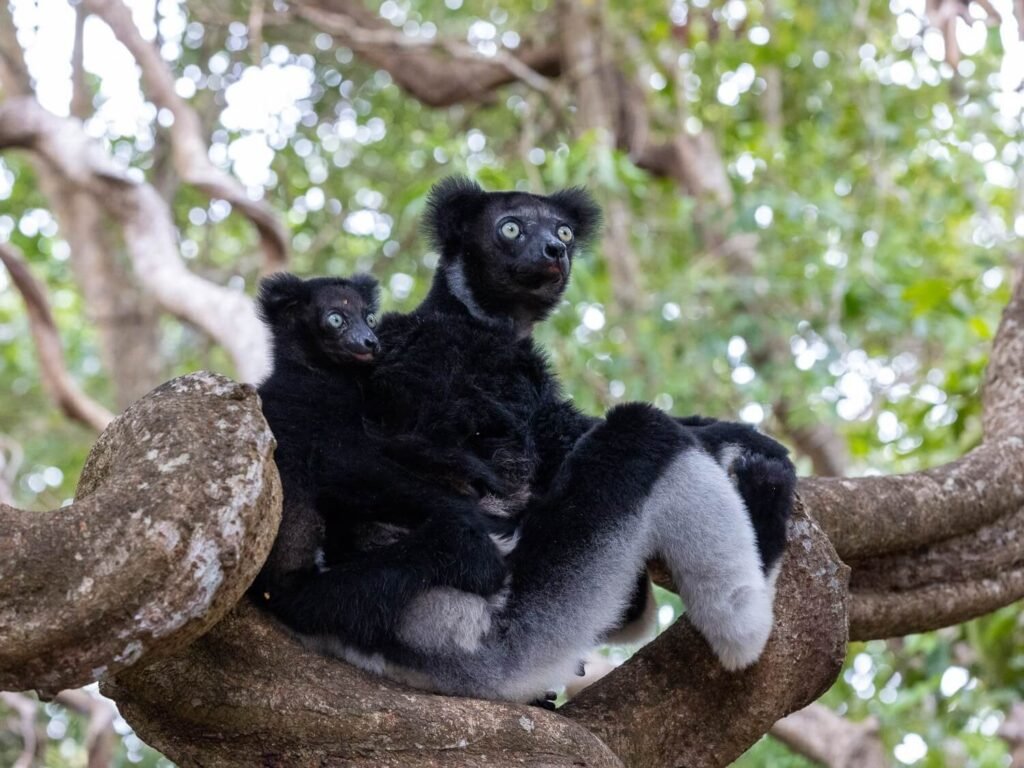
Indri Lemur Encounters
The largest and most vocal lemur species
Track the iconic indri lemur through the forests of Andasibe-Mantadia National Park, where their haunting calls echo through the canopy each morning. These striking black and white primates—found nowhere else on Earth—offer unforgettable encounters and exceptional photography opportunities.
Best time: April-December (drier forest conditions)
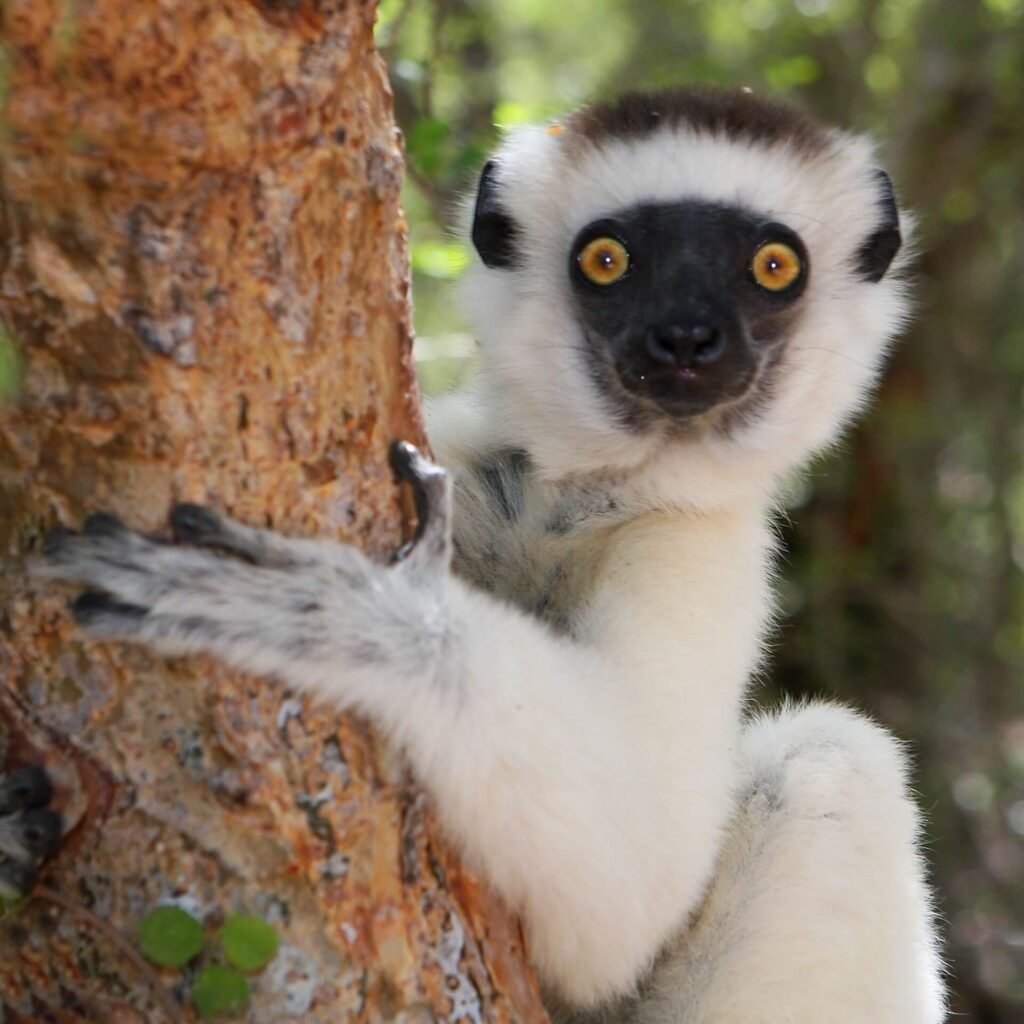
Dancing Sifakas
Primates that "dance" across open ground
Witness the extraordinary spectacle of Verreaux’s sifakas “dancing” across open ground in the spiny forests and gallery forests of southern Madagascar. Their distinctive sideways hops have made them an iconic symbol of Madagascar’s unique wildlife adaptations.
Best time: April-October (best visibility in deciduous forests)
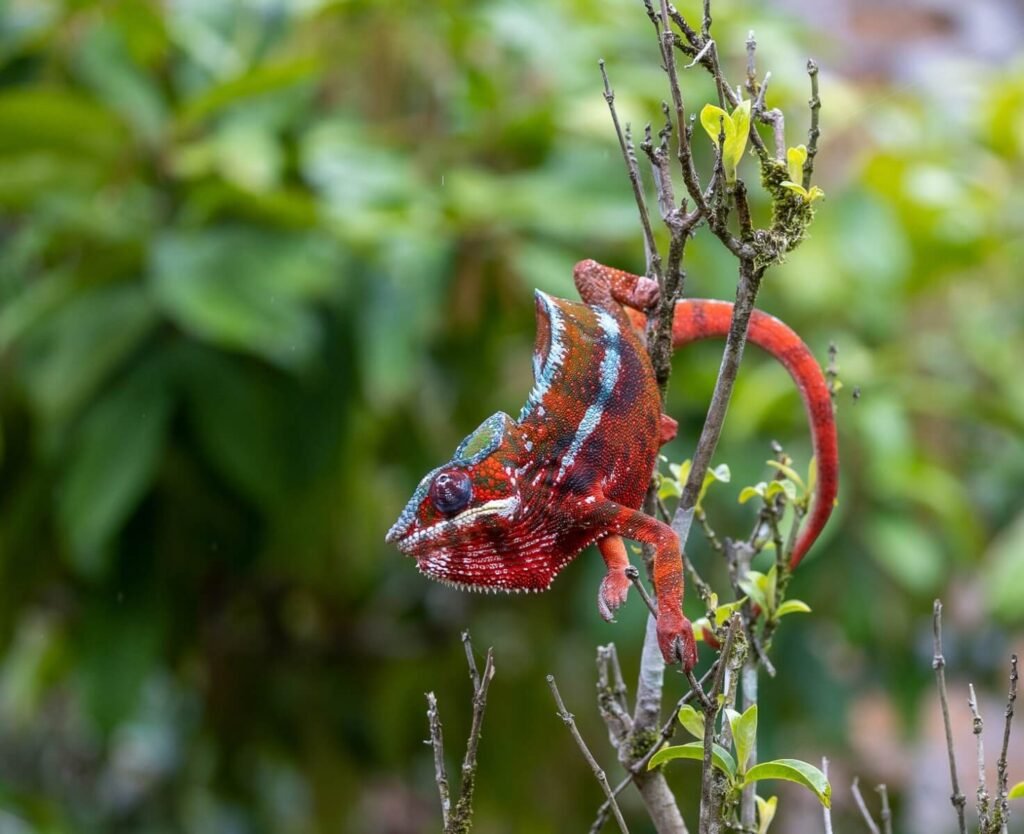
Chameleon Discovery
Masters of disguise in all sizes
Search for Madagascar’s extraordinary diversity of chameleons—from the tiny Brookesia (among the world’s smallest reptiles) to the colorful panther chameleon. These remarkable creatures display fascinating behaviors and color-changing abilities that showcase evolution’s creativity.
Best time: September-November (breeding season with most vibrant colors)
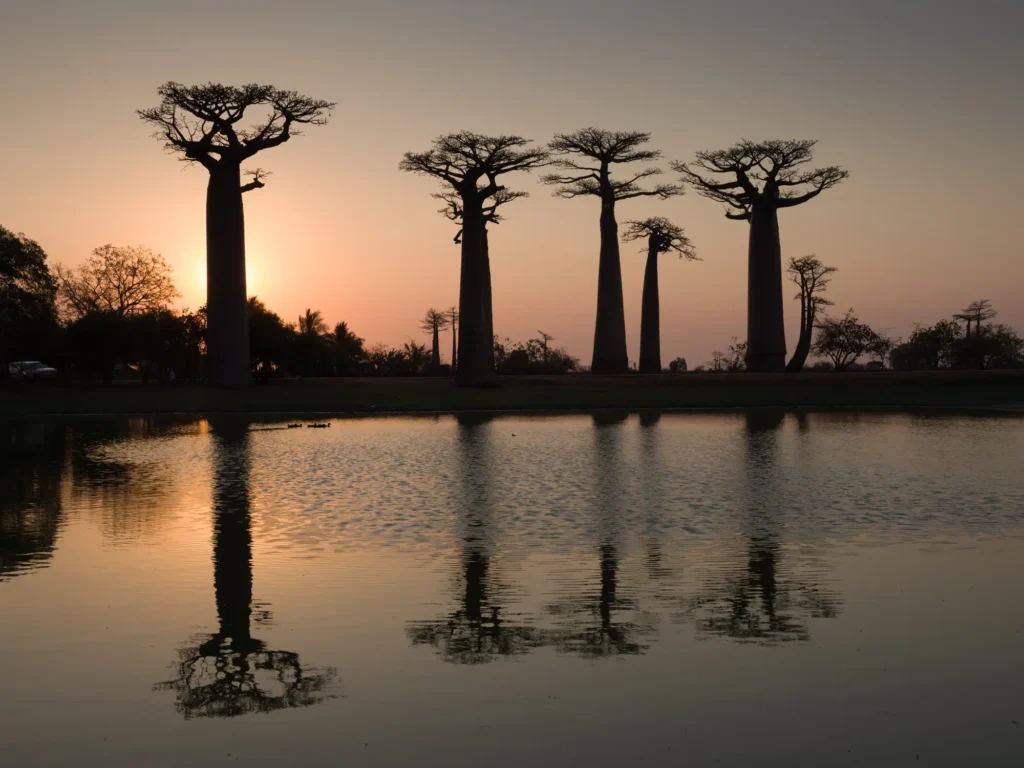
Avenue of the Baobabs
Iconic trees in magical landscape
Experience one of Madagascar’s most photographed landscapes—where ancient baobab trees create a natural avenue along a dirt road near Morondava. These massive trees, some over 800 years old, are especially magical at sunrise and sunset.
Best time: Year-round (May-October for clearest skies)
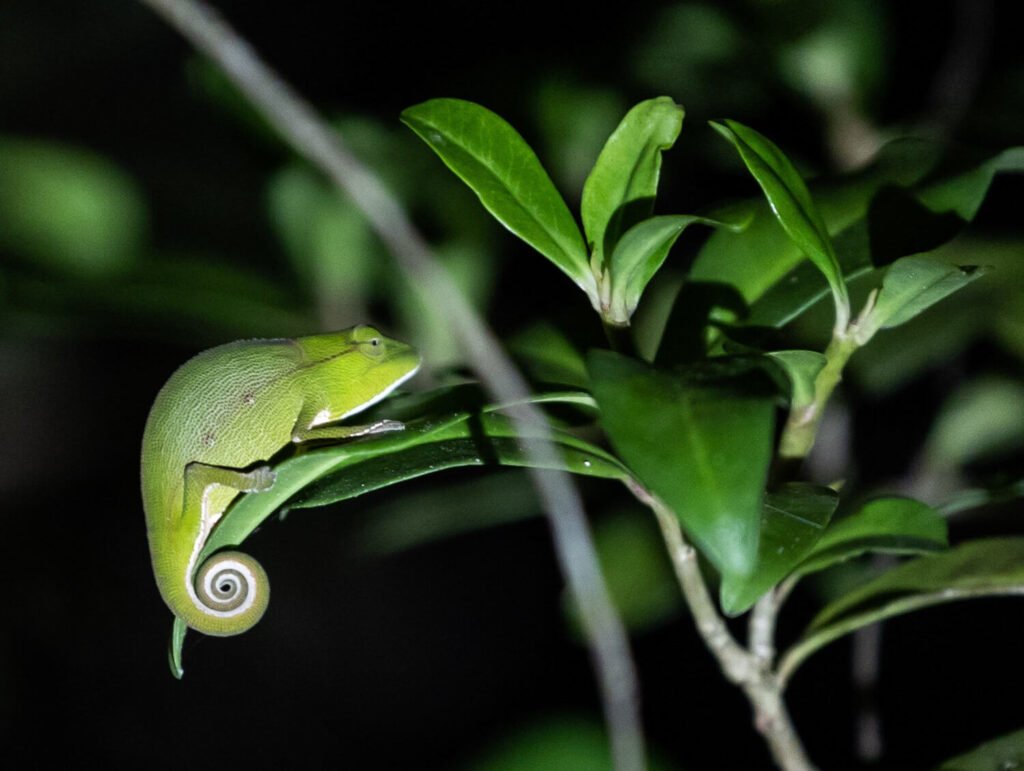
Nocturnal Rainforest Walks
Discover Madagascar's secret nightlife
Explore the forests after dark to discover a completely different ecosystem, where nocturnal lemurs, chameleons, leaf-tailed geckos, and strange insects emerge. Night walks reveal the remarkable adaptations of species found nowhere else on the planet.
Best time: Year-round (September-November optimal)
Cultural & Adventure Experiences
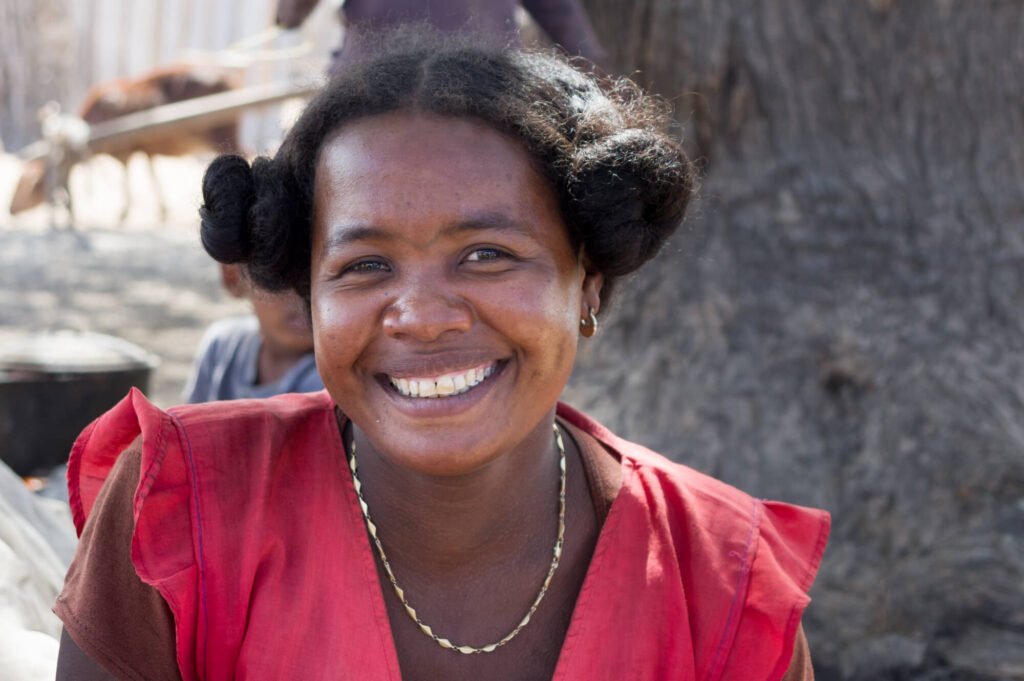
Malagasy Village Experience
Tsingy de Bemaraha Adventure
Pirate Cemetery & Colonial History
Antananarivo Historical Tour
River Journeys & Canal Systems
When to Visit Madagascar: Seasonal Guide
Dry Season (April-November)
- Optimal travel conditions with less rainfall and cooler temperatures
- Best accessibility to parks and reserves
- Excellent lemur viewing with clearer forest trails
- Prime time for reptiles and birds
- Whale watching off Île Sainte-Marie (July-September)
Wet Season (December-March)
- Challenging travel conditions with some roads impassable
- Lush, green landscapes excellent for photography
- Baby lemur season (December-January)
- Higher humidity and temperatures, especially on coasts
- Some lodges and parks close during heaviest rains (January-February)
Featured Accommodation
Vakona Forest Lodge
Setam Lodge
Relais de la Reine
Conservation & Community Impact
Lemur Conservation
Community Forest Management
Practical Information
Health & Safety
Infrastructure & Travel Conditions
Accommodation Standards
Internal Transportation
Language & Communication
Our Latest Madagascar Travel Blogs
Frequently Asked Questions
How physically demanding is travel in Madagascar?
How does Madagascar compare to mainland African safaris?
Should I be concerned about Madagascar's political situation?
How much time do I need to experience Madagascar properly?
What kind of travelers is Madagascar best suited for?


